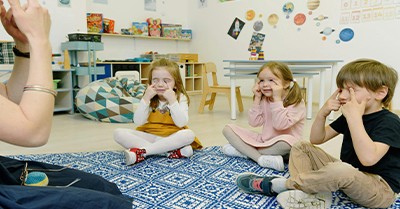In early childhood education, the practice of moving educators to new rooms each year is common. Some services see it as a way to keep things fresh, while others worry it disrupts continuity for children. So, are yearly room changes supporting children’s well-being or unsettling the very relationships they rely on?
The Case For Yearly Room Changes
- Fresh perspectives: Educators bring new energy, ideas, and approaches to different age groups.
- Professional growth: Moving between rooms helps educators broaden their skills and become more versatile.
- Team morale: Some staff enjoy variety and feel reinvigorated by new challenges.
- Administrative clarity: Families often expect children to “move up” with the calendar year, making transitions predictable.
The Case Against Yearly Room Changes
- Continuity of care: Children thrive on stable relationships. Frequent changes can disrupt attachment and security.
- Loss of expertise: Educators who specialize in infants, toddlers, or preschoolers develop deep knowledge that benefits children.
- Stress for staff: Constant reshuffling can unsettle educators, leading to burnout and disengagement.
- Family concerns: Parents may feel anxious when their child loses a trusted educator.
Alternatives to Consider
- Staggered transitions: Move children when they are developmentally ready, not just by age or calendar.
- Partial continuity: Keep at least one familiar educator in the room while others move.
- Family grouping: Instead of age-based rooms, group children across ages with educators working in zones (e.g., “quiet” vs “loud”).
- Consultation: Ask educators where they feel most effective and families what they value most for their child’s transition.
Reflection Questions for Teams
- What do we gain by moving educators annually?
- What do children lose if we disrupt continuity?
- How do families perceive yearly transitions?
- Are we prioritising educator well-being, child well-being, or administrative convenience?
- Could a blended approach (some educators stay, some move) better meet everyone’s needs?
There’s no single “right” answer. Annual room changes can support educator growth and fresh perspectives, but they can also disrupt the secure relationships children depend on. The key is intentionality: making decisions based on what best meets the needs of children, families, and educators—not just tradition or convenience.
Further Reading
Strategies To Build Relationships With Children
Building Relationships with Families and Co-Workers
Forming Relationships With Children In Childcare
Importance Of Relationships Between Families and Educators
Critical Reflection Questions For Relationships With Children
